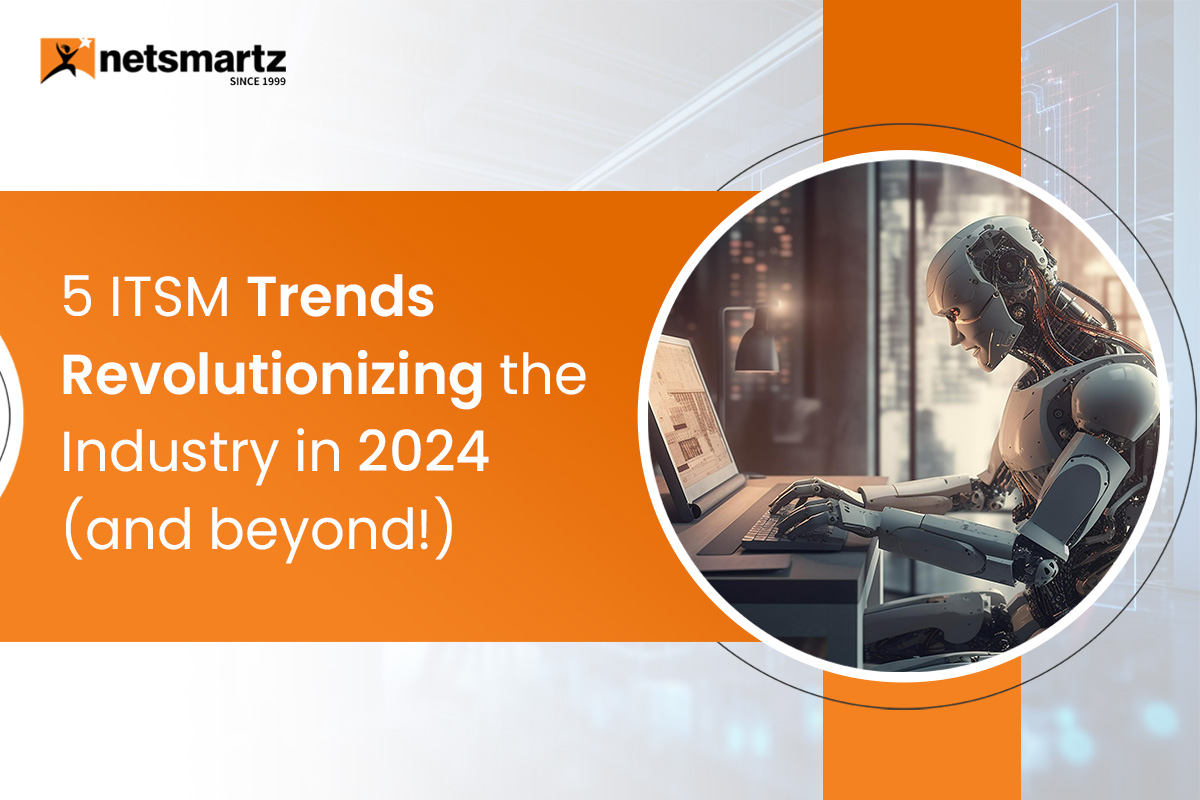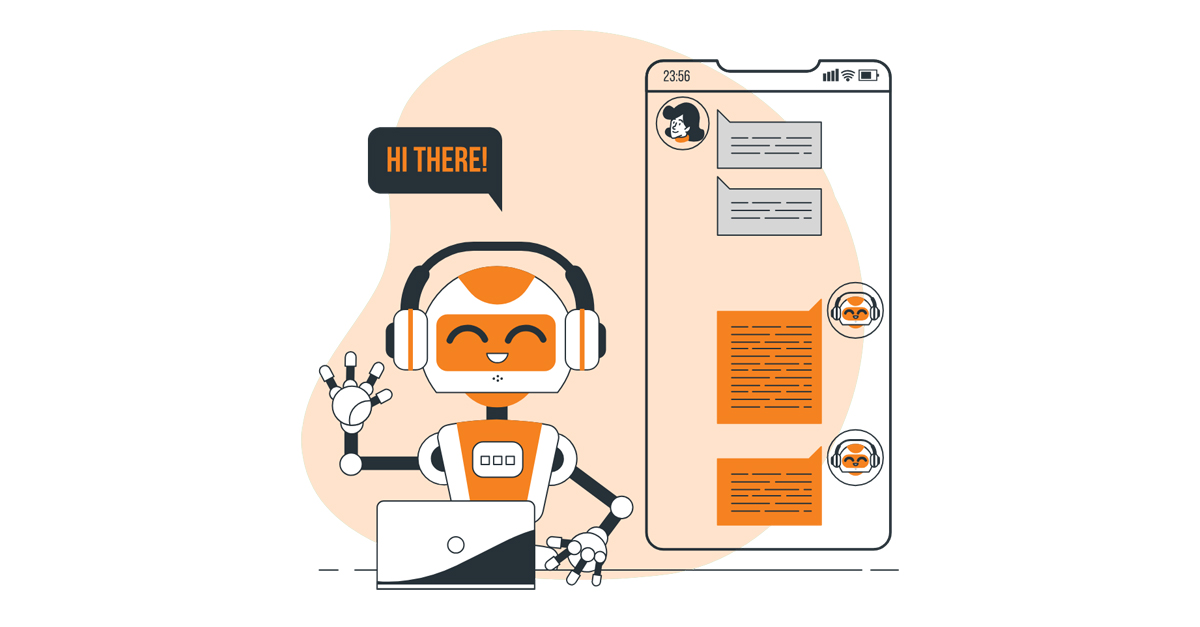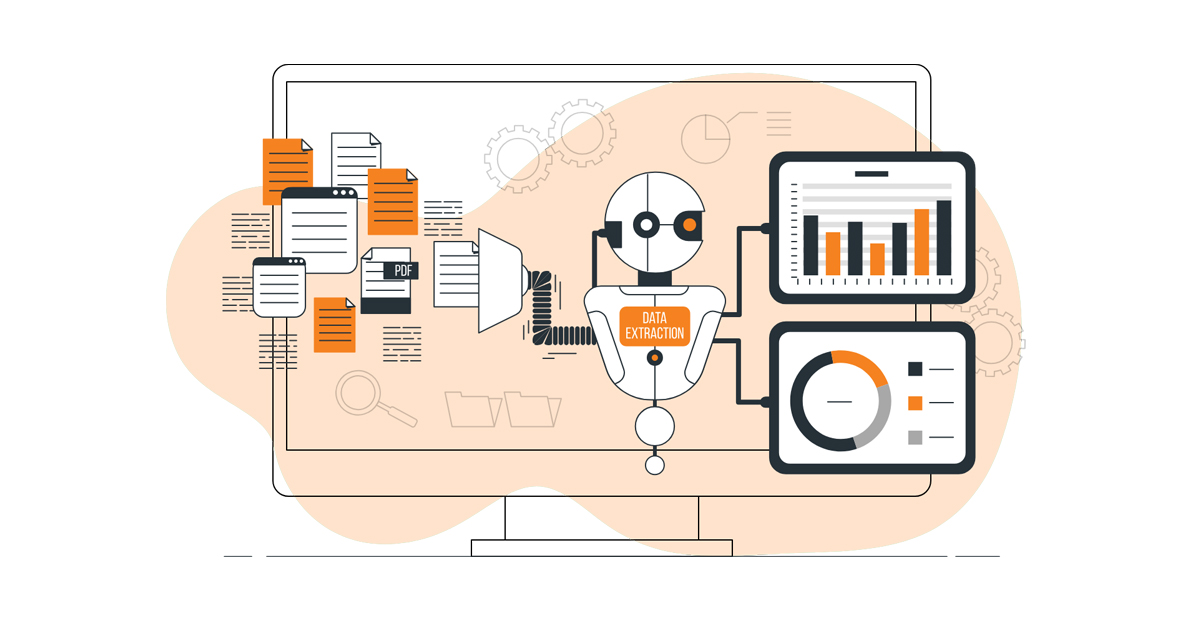We had to download different applications on PCs until the late 1990s to work, communicate or organize projects.
An upgrade might take a few hours or an entire day because it requires significant resources, technical expertise, and external hard drives.
Thankfully, those times are now behind us. The rise of cloud computing and SaaS solutions made our life simpler. And it is here to stay. According to recent predictions, the SaaS industry will grow to $623 billion by 2023.
This indicates that now is the ideal time to develop a SaaS MVP. So wondering where to begin? Keep on reading, as in this guide, we’ll go into more detail about the essential procedures and costs involved in creating an MVP for SaaS.
What is a SaaS MVP?

In the software as a service (SaaS) industry, a minimum viable product (MVP) is a model that includes just the essential functionality but still provides clients with enough valuation.
The design of an MVP for SaaS could be beneficial for project assessment, quick product release, conceptual visualization, and initial cost savings. The company is then prepared for additional development and production updates and any required pivoting.
Future of Saas: Total Disaster or a Fix for Every Problem?

On one side, new SaaS companies are anticipated to enter the industry as Internet access gets more robust and secure. Most companies expect using SaaS to meet more than 80% of their software demands by 2022. Therefore, this market is expanding quickly.
On the other side, there are now numerous alternative SaaS products available. User confusion and even SaaS anarchy are brought on by such variance. Consequently, it’s becoming increasingly challenging to select a cloud solution.
What comes next, then? There are numerous options available. For instance, if large SaaS providers begin to work together to support their consumers. Just like, Figma recently announced connections with GitLab. These partnerships demonstrate brands’ consciousness of and willingness to assist users, even though they do not entirely resolve the chaotic dilemma.
The Basics of Building a SaaS MVP

Any development process has fundamental stages that must be followed. An MVP for SaaS is no different. Here are some basic steps for creating a SaaS MVP.
Decide who your audience is
One significant error of many SaaS firms is trying to solve an issue that doesn’t exist. Because of this, you want to construct a thorough consumer profile before starting development. Try responding to the below inquiries to achieve this:
- Who are your clients?
- What are their objectives and struggles?
- Are the issues acknowledged and essential enough?
- What tools do they employ?
- What available options are there right now?
Know all the details that you can from those who meet your target audience. If there is no clientele for your proposed project, perhaps it is not the right one. On the contrary, if the consumer has numerous problems, try not to overstretch yourself. Instead, concentrate on a single issue and select the most effective solution.
Evaluation of the industry and competitors
A 19% failure rate is attributed to companies that didn’t pay sufficient attention to their opponents and didn’t understand they had wasted their chance to succeed. As you develop a SaaS MVP, you must undergo a comprehensive analysis of the market as well as the competitors. Understand:
- What is the magnitude of the industry, and is a new approach needed?
- Do your consumers have a broad geographical concentration?
- What policies and guidelines (such as the GDPR, PCI DSS, APPI, PSD2, HIPAA, and others) are relevant to your targeted areas and sector?
- How are the same issues being handled by your main competitors?
- What impression do your competing companies’ customers have of you?
- How would your application differentiate itself from others?
- What are the pricing plans and profit methods of your competitors?
Analyze thriving and failing companies in your sector to grasp what performs and fails. You also must keep an eye on the secondary competitors, SaaS products that attempt to approach the issue differently.
Identify the key features.
A lot of businesses overcomplicate or cram their SaaS MVP with unnecessary functionality. Remember that this is not the finished product or a prototype; instead, concentrate on the bare minimal capabilities required to determine whether your idea will be commercially viable.
Choosing which features to include can be done using prioritizing strategies. Make a list of the features the MVP should have. Once that is done, create a list with two lines: one for must-have activities and one for secondary activities.
- Once you’ve done that, filter each functionality using the following standards:
- Is this functionality necessary for your SaaS offering to work properly?
- Did you discover that your target market wants it during the research process?
- Does it provide an essential solution?
- Will it significantly affect how much money you make?
Include the functionalities that fulfill these requirements in the list of items that are a necessity. The remainder should wait till the later stages of the application.
Prepare a roadmap
Your software developers, designers, and planners should evaluate and record each project need before the design process begins, including:
- Software requirements for the MVP’s nonfunctional and functional components (technical stack, frameworks, APIs, and subsystems)
- Design specifications include the core characteristics, the user interface, the application programming, and methods to fulfill the needs throughout the coding stage.
- Conduct a cloud analysis to establish the best architecture and technology for your application.
- To detect, assess, and prevent hazards through security research.
- Documents for post-deployment to assist the upkeep and support groups following the launch.
Release the MVP and integrate suggestions
Post-launch is equally crucial for the MVP because it gives you the chance to verify your presumptions about the industry and your target audience. You should establish a robust feedback system with the clients to find out the following:
- If the demand for the MVP is sufficient to enable the development
- What features of your service do people enjoy, and what do they not like
- If your company objective aligns with your application
- If the price strategy is reasonable when compared to similar apps
Your staff will find and fix problems and issues during the testing process. Additionally, make sure your technology can handle demanding loads, regular system changes, and actual customer circumstances.
There is a significant amount of work involved. If the MVP does not appeal to the consumers, don’t panic; you may start over or incorporate your expertise into the MVP’s subsequent iterations. You can begin proper development after you have polished the SaaS application’s foundation.
3 Tips from Netsmartz to Speed up the MVP Development Process
1. BaaS
Technologies for backend as a service (BaaS) provide automation of backend operations so that you can concentrate on frontend development. BaaS suppliers can handle background tasks like information and security monitoring, system upgrades, and announcements, or they can incorporate external services to the application via APIs.
2. Low-code systems
Low-code systems are specialized frameworks for developing software with UI, reusable modules, prewritten code, & formats. You may release your MVP using these technologies with little to no code required, greatly accelerating the development process.
3. Open-source tools
The most affordable option to speed up the work is with open-source development tools (like Bootstrap and GitLab). Regardless of the potential for faults and insufficient information, such things can help you save a significant amount of time in the first stages of the development process. Given the possibility that your SaaS won’t generate thousands of clients at introduction, you may also save money by choosing free database systems like MySQL.
Summing Up
The SaaS market has much potential for entrepreneurs and creative people to flourish. But developing a successful MVP is always the first step to success. Knowing how this is accomplished now will make it easier for you to create solutions consumers will be eager to pay for. And if you stick to the recommendations mentioned above, the product release will go off without a hitch. If you’re searching for an MVP development firm, we’d be happy to assist with the creation of the startup products as well as an MVP application using any preferred engagement approach. Book a free session to talk about your company idea.
Build your MVP with Netsmartz
Netsmartz has excelled in MVP development since the very dawn of startups in the software industry. Providing ease of onboarding developers, better & more flexible engagement models, and a proven reduction in TCO, Netsmartz can power the early stages of your startup by significantly reducing costs and time-to-market.
With our top 1% tech talent, we provide the highest quality SaaS application development.
Hire Us Now
Summary
Kickstart Your Project With Us!
Popular Posts
CONTACT US
Let's Build Your Agile Team.
Experience Netsmartz for 40 hours - No Cost, No Obligation.
Connect With Us Today!
Please fill out the form or send us an email to







